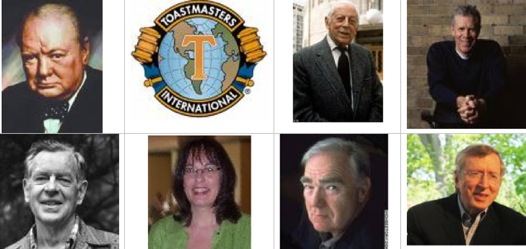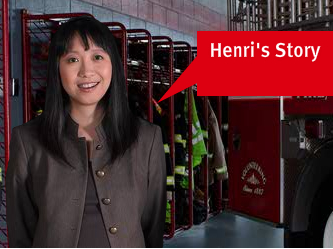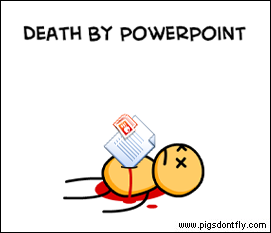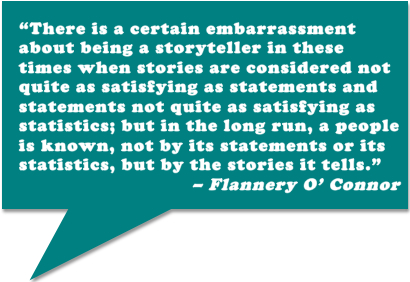Earning some well-deserved Twitter buzz yesterday was an excellent, thought-provoking article by Michael Margolis, “Finding Meaning and Authenticity in the Storytelling Brand.”
As I started reading it, I began to think about applying its principles to personal branding. But then, as I realized the publication in which the article was published and the intended audience, I clued into the fact that personal branding wasn’t just a peripheral application to which Michael’s article could be applied; it was the major thrust of the article.
The publication is Storytelling Magazine, published by the National Storytelling Network, which is dedicated “to advancing the art of storytelling — as a performing art, a literacy tool, a cultural transformation process, and more.” Since most storytellers and story practitioners are solopreneurs, the personal-branding message certainly applies, and by the second principle listed in the article, Michael had mentioned personal branding.
Now, I have a confession to make…. I’ve touted and written about personal branding, but I can’t totally wrap my head around it, possibly because so many books and articles advise how to develop one’s personal brand — and they all advise a different approach.
I started to see the light through Michael’s article. He writes:
When I think of specific images and words with regard to personal branding, I think of one’s job-search communications — resume, cover letter, and more — and not only the consistent, branded look that should tie them together and identify them with the job-seeker, but also the story the job-seeker should be telling with these and other documents. I also think of the words and images with which we project our brand in the vast array of social media out there.
And I think “representative story for engaging in a relationship with the world” is a incredibly helpful way to look at developing your brand. Ask yourself: “How do I engage in a relationship with the world?” “What is the story behind that relationship?”
Then Michael writes, “Brands become a shorthand for whom we trust and identify with” — and even more powerfully, “Your brand is only as strong as the stories people tell about you.” That’s where you can drive yourself to a very uptight or paranoid state wondering what kind of stories people do tell about you. Or maybe that’s just me…
But Michael’s words made me think of the kind and flattering honor my friend Thomas Clifford bestowed on me over the weekend: He included me on a list of 7 Interesting Storytellers To Follow On Twitter, describing me as a “Prolific blogger/author. Focuses on telling stories for career development. Unearths amazing sites on story.”
Well, if you want to split hairs, I’m not sure I’d brand myself as a storyteller. I’m more of a reporter/journalist/observer/student/fan when it comes to storytelling, but I suppose you could say I tell stories about storytelling.
But I do believe “prolific blogger/author” is integral to my brand. It was about 18 months ago that I underwent my most recent brand reinvention, and an important aspect was my rather grandiose notion of being a “world famous blogger.” I didn’t exactly think I’d get to that point, but it’s certainly gratifying to have Thomas Clifford tell my story as “prolific blogger/author.” (The author part is largely to support the blogger part since I make only pocket change on this blog; however, I’m not exactly getting rich as an author either!)
Michael goes on: “The value of the brand depends on how consciously you have thought about managing your brand’s story.” That is especially true in these days of social media. Managing the story can be overwhelming. Late last month, Chris Brogan published a list of 19 Presence Management Chores You COULD Do Every Day. Whew — the things you could to manage your brand on the Web can be overwhelming — and that’s just your online brand.
Michael ends with the real nugget, the real meat of defining one’s personal brand, exhorting his audience to “communicate your personal brand without compromising your authenticity,” and to construct a brand story that conveys “origins, ethos,and cultural contribution.”
For the origins piece, Michael advises asking yourself:
- When, how, or why did you start your practice?
- Why should anyone care about it?
Those questions lead me to conclude that of all the ways I’ve constructed my identity and built my brand, my profile on LinkedIn is perhaps the most authentic embodiment of who I am and what I offer. It also loosely tells a story — of how I try to educate through writing because I am no longer fortunate enough to teach in the college classroom and of how I write really good resumes and cover letters but got very burned out on that endeavor after five years of running a resume business.
I do think authenticity has to be the bottom line in personal branding. If you’re as confused as I have often been about how to develop your personal brand, keeping authenticity in mind as you do so may just give you the guidance you need.
Thanks, Michael, for a truly insightful article.
Blogs are another example, whose story has changed itself. Now I am seeing a lot longer entries than in previous years. Writers seem to be articulating in more details the thoughts and ideas they have. In many cases they really are exploring the story. Web-based tools like FriendFeed are also story aggregators, pulling large parts of the internet from multiple sources into one easily digestible place. Collectively the tweets, blog entries, shared items, photos, status updates, etc., provide you with an ongoing and live story where you can choose your level of involvement. If you do get involved (by commenting for instance) the story becomes interactive which is really exciting!










